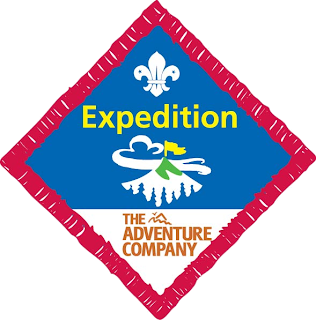International Partnership Award
To gain this award, the young person must complete the following requirements:
-
Identify a partner and a project or activity that relates to the International Friendship theme.
-
Together with those involved, set objectives for what you wish to achieve and plan the project.
-
Take part and successfully complete the joint activity.
-
Assess the benefits to those involved.
- Award the Partnership Award to those Members taking part.
Time requirement
There is no set time requirement associated with the award. Project
Leaders should work with partners to establish a realistic timetable
bearing in mind the ages and availability of the sections or partners
involved.
Leaders should be guided by the principle that young people
should make a significant time contribution, while experiencing new and
challenging personal development opportunities, as is appropriate to
their age and availability.
For example, Beaver Scouts might undertake
one hour per week for four weeks at their Colony meeting, with a
two-hour project one Saturday. However, Explorer Scouts might
contribute 32 hours over the course of two weekends within the same
project.
Example activities
- Beaver
Scouts and Cub Scouts organise an 'unfair games' event with the local
Oxfam Committee to draw attention for the need for Fair Trade.
-
Scout Groups spend a weekend bag packing to raise funds for a charity.
-
Beaver Scouts and Cub Scouts organise a penny fair to buy goats for an African family.
-
A local Scout Troop acts as a host to Dutch Scouts for a weekend camp at a local site.
-
Explorer Scouts perform a two-mile walk for charity.























